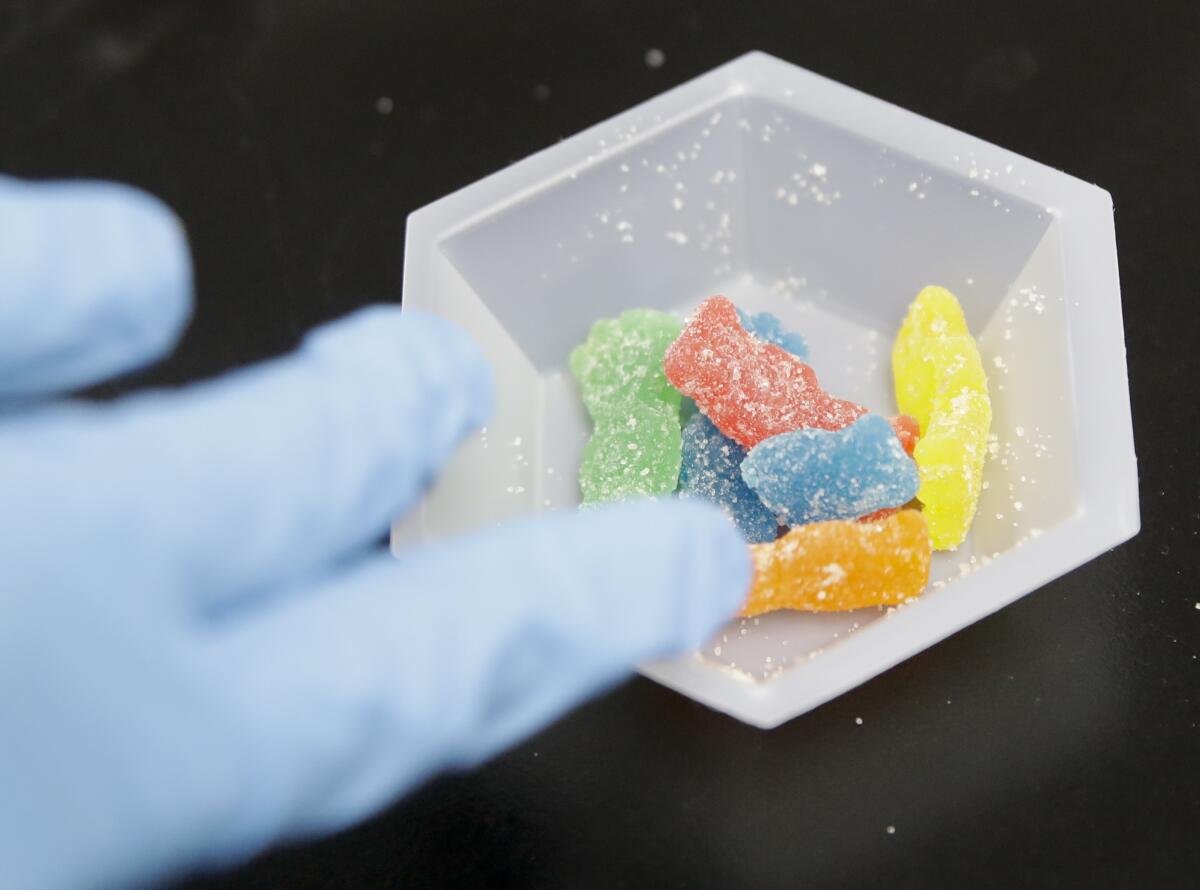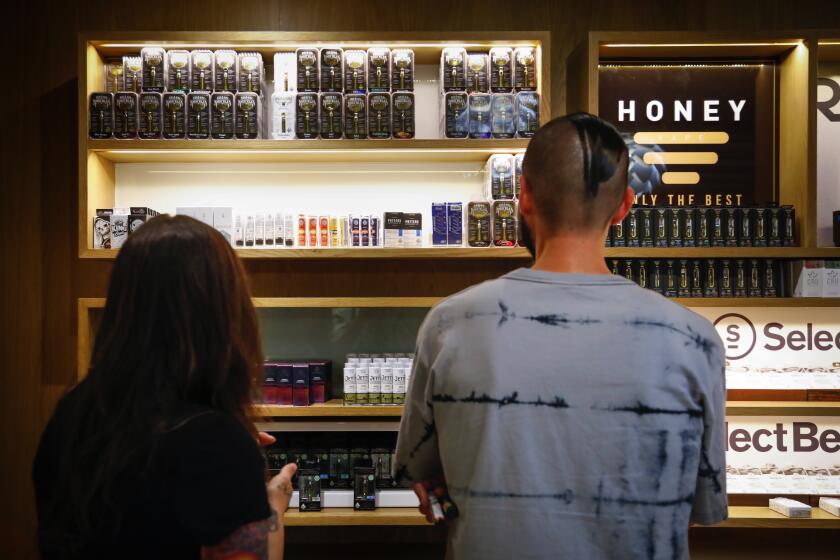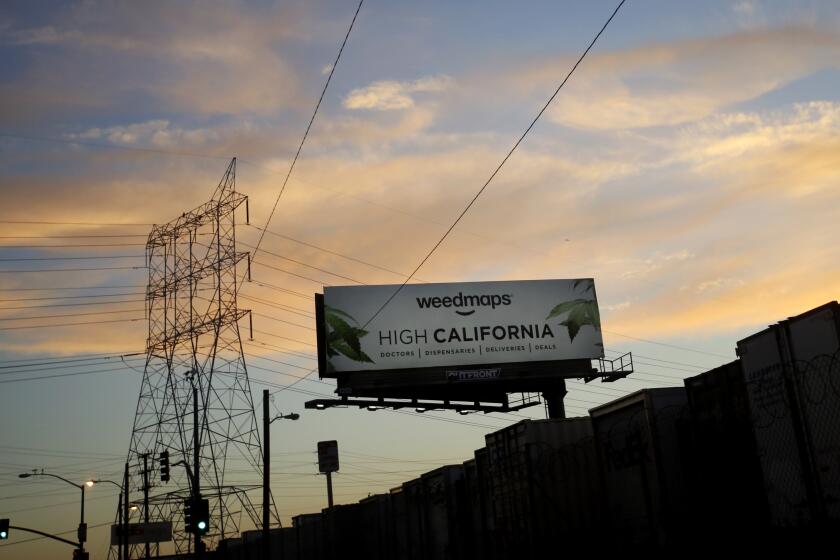Editorial: Why does California allow cannabis edibles that look like kidsâ snacks?

When California voters passed Proposition 64 in 2016 to legalize the adult recreational use of marijuana, they were told cannabis would have strict labeling and would not be packaged or marketed in ways that would appeal to children. But the market is now flooded with pot products that are designed to look like candies and snacks popular with kids and in flavors that are enticing to young people.
Public health experts say that these colorfully packaged products, which are legal to sell to adults 21 and older, are an attempt to market marijuana to kids. There is a growing number of incidents of kids landing in the hospital after accidentally or knowingly ingesting cannabis products. Marijuana edibles are particularly dangerous for kids because they can take a couple of hours to take effect, so kids may eat more than would be safe for an adult, according to the Centers for Disease Control and Prevention.
Assemblymember Jacqui Irwin (D-Thousand Oaks) has introduced a bill that would bar cannabis producers from creating, marketing or selling products that resemble candy, soda and snacks that are attractive to kids. Assembly Bill 1207 would help restore the promise of Proposition 64 and help safeguard kidsâ health.
Consumers should be warned that scientific research shows frequent use of potent weed increases the chance of mental illness.
The bill would ban packaging and advertising that include images such as cartoons, toys and fictional characters; the term âcandy,â even if itâs misspelled as âkandyâ or âkandeeâ; and brand names or names similar to cereals, chips and other foods marketed to children. These are commonsense steps to help ensure that kids do not mistake cannabis edibles for candy or other snacks. (An earlier version of the bill would have also banned the addition of food coloring to gummies so that they would not look like candy or fruit snacks.)
In addition, the bill would prohibit flavoring in cannabis vapes â following on a voter-approved ban of flavored tobacco products enacted last year. Public health experts have long recognized that flavors mask the unappealing taste of tobacco and help hook kids, and the risk is the same for cannabis vapes.
The number of hospitalizations of kids who have overdosed on cannabis products has multiplied as more states have legalized marijuana use for adults. At least 22 states and Washington, D.C., allow the recreational use of cannabis products. An additional 21 states allow its use for medicinal purposes. However, there are no federal regulations on cannabis packaging, unlike alcohol or tobacco. The number of cases of accidental ingestion of cannabis edibles among kids under age 5 has increased from about 207 cases in 2017 to more than 3,000 in 2021, with most taking place in a home, according to research published in January 2023 in the Pediatrics journal.
Prop. 64 was supposed to shield teenagers from increased exposure to marijuana with major limits on billboard advertising. It hasnât gone so well.
Not surprisingly, cannabis industry groups are opposed to the bill over the cost of complying and the competition they face from illegal producers that donât adhere to packing or marketing restrictions. They also argue thereâs not enough evidence that cannabis poisonings in kids have been the result of legal products on the market. Californiaâs black market for marijuana remains large and thriving.
Even so, California voters were told that children would be protected from legal cannabis products, and state lawmakers should follow through on that commitment.
More to Read
A cure for the common opinion
Get thought-provoking perspectives with our weekly newsletter.
You may occasionally receive promotional content from the Los Angeles Times.












